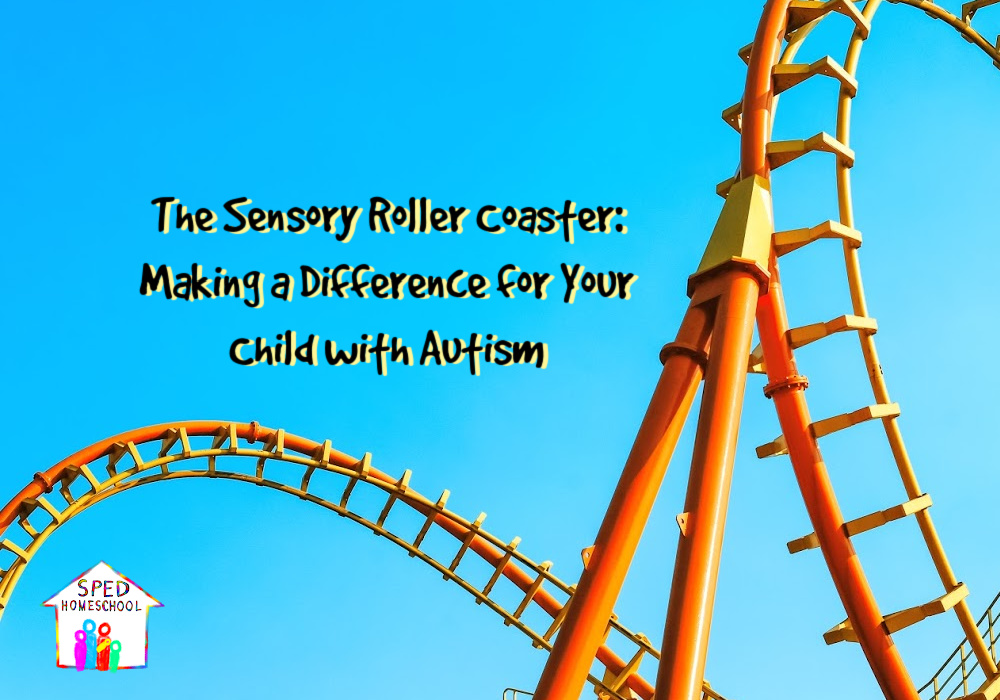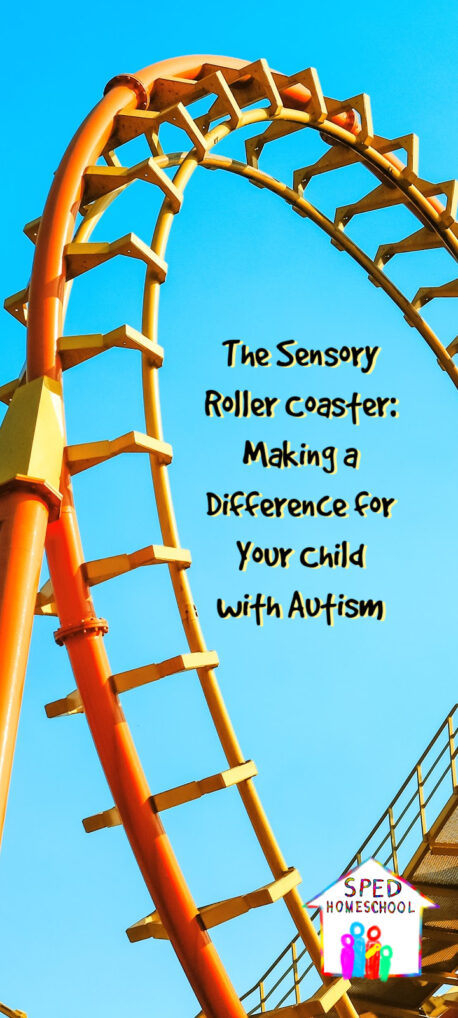
By Jan Bedell, Ph.D., Master NeuroDevelopmentalist, SPED Homeschool Board Member & Therapy Partner
April is Autism Awareness Month and we here at SPED Homeschool understand how autism can affect learning and the education process. SPED Homeschool Founder and CEO, Peggy Ployhar, started their family’s homeschooling journey after their son’s autism diagnosis 19 years ago. We hope that our resources will empower your homeschool and your student will reach his/her full potential.
An autism diagnosis has become alarmingly more prevalent, moving from 1 in 10,000 births 25-30 years ago to 1 in 66 in recent reports. This increase is not explained away by better testing or the “gene pool” theory. So many children today fall into this label because of the broad spectrum of symptoms that are currently included under the umbrella of autism. As neurodevelopmentalists (NDs), the thought process is that the symptoms causing behavioral triggers resulting in this label should be addressed directly and not simply labeled. The question is, where do you start?
Every individual on the planet learns through their senses. The bulk of the information comes primarily from three of the five sensory avenues – auditory, visual, and tactile. In the case of a diagnosis of autism, these sensory messages can be too sensitive (hypersensitive), not sensitive enough (hyposensitive), or a scrambled message. All of the above cause misinterpretation of sensory input by the brain. Every child does the best they can to function with the information provided through these sensory input channels. If one or more channels are giving distorted information to the brain, it compounds the challenge of the daily demand to function in a typical manner.
The NeuroDevelopmental Approach uses brain plasticity (its ability to grow and change) to improve the functional ability of the child. We also acknowledge the huge part that the chemistry of the body plays in individual progress. There isn’t enough space to expand on the metabolic aspect of spectrum disorders, so we will focus here on the ND help that is available. Let’s look at the main areas of input to the brain for some examples.
Vision:
When peripheral vision is hypersensitive, it means the detail or central vision is not working well, and the peripheral is working too well. When this happens, it is easy for a child to “play” with their vision by moving objects, flapping arms, or moving fingers, just to name a few common repetitive actions that we refer to as sensory play or stimming. These actions produce endorphins that are the same chemicals that make you feel good when you run. Running to get this feeling is good and very different from continuously pumping this chemical into your system by engaging in sensory play. The more this destructive behavior happens, the further the child retreats from the world around them. NDs encourage a multi-pronged approach to this situation. 1. Discourage the sensory play and redirect as much as possible. 2. Work to improve the central detail vision through specific stimulation so the child’s payoff (endorphins) is no longer there and the behavior stops.
“By addressing the root cause, these symptoms can diminish significantly and allow more typical functioning to emerge.”
Tactile/Touch:
Many children with an autism label have an aversion to light touch. Certain clothes bother them, hugs are rejected, washing hair, haircuts and showers can be a nightmare, and food sensitivities make it hard to get nutritional meals consumed. At the same time this hypersensitivity exists, children may also have trouble distinguishing deep touch or pain (hyposensitivity). They might have unexplained bruises or ear infections that are not acknowledged as a problem until the eardrum bursts. All of these examples reflect a brain that is not getting the right messages from the tactile sensory stimulation in the environment. The ND’s solution again is to provide enough tactile input to change the brain and thus the reaction to the outside stimulus.
Auditory:
Many autistic children are so hypersensitive to sound that much of the auditory stimulation in their world is painful. To combat this pain, many children simply turn off their auditory systems. This results in two very negative outcomes. 1. Withdrawal from friends and family as well as struggles with negative behaviors in noisy environments. 2. Lack of use of the auditory channel creating deficits in auditory sequential processing, which is holding pieces of information in short-term memory. This results in the inability to follow directions, stay on task, comprehend what is said or read, understand cause and effect as well as posing a challenge to reading with a phonetics approach. This deficit causes behavioral and academic challenges. For example, if you have a 9-10 year old that is only processing like a 2-year-old, you may have behavior and even academic abilities more like a 2-year-old.
To address the first issue of hypersensitivity, the auditory system needs stimulation to reduce sound sensitivity. For low processing (short-term memory), the children need to learn to stretch their ability over time to be more age-appropriate. This is done through specific 1-2 minute interactions that happen multiple times a day. The results have astounded parents as well as professionals working with these children. To find out more about this important aspect of the autism diagnosis, visit this link. You will find a free test kit to check your child’s short-term memory level for yourself, information about the importance of auditory processing for successfully navigating life, as well as how to enhance this extremely valuable, life-long skill.
In conclusion, it is the author’s opinion that we must pay much more attention to the cause of those negative indicators. By addressing the root cause, these symptoms can diminish significantly and allow more typical functioning to emerge. The best place to do this is at home, so homeschooling a child with autism is highly recommended. When parents are equipped with the right kind of information to stimulate the child’s brain at the root cause, progress toward typical function can be achieved. This is in stark contrast to public schools that have rooms that overstimulate with random stimulus. When there is a room full of children with sensory issues and non-typical behavior, how can you expect your child to gain typical development or behavior? Home with the model of parents and siblings is a much better option.

